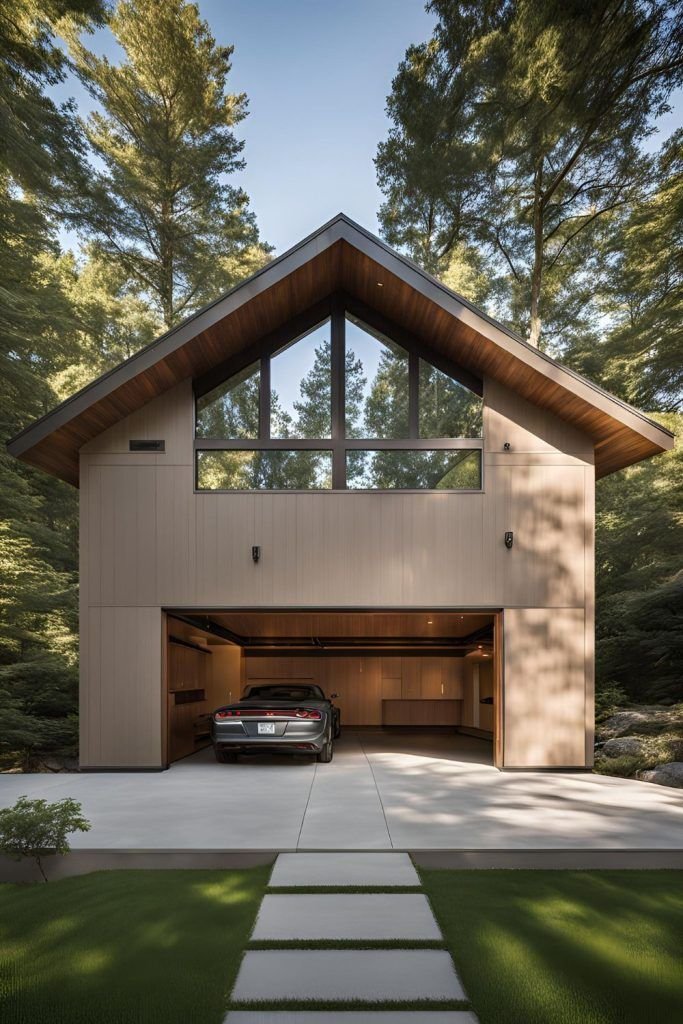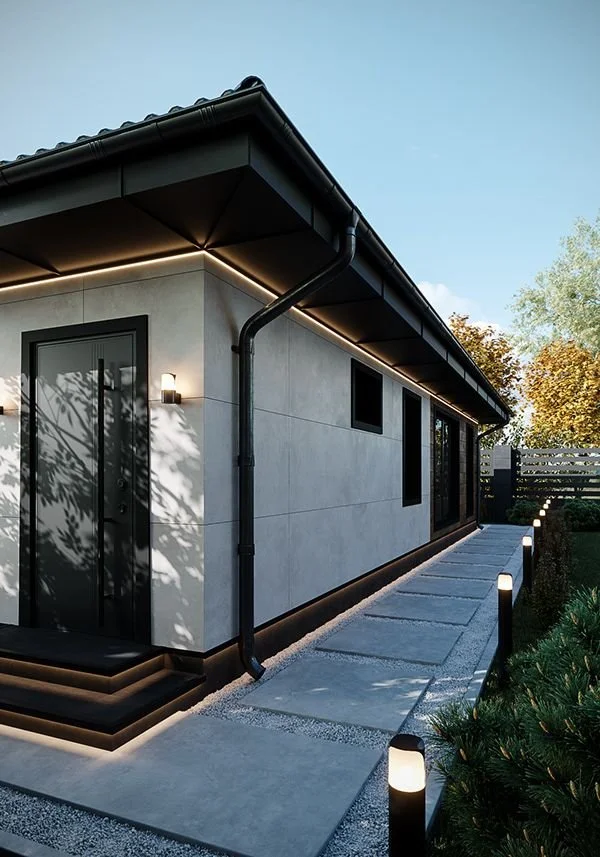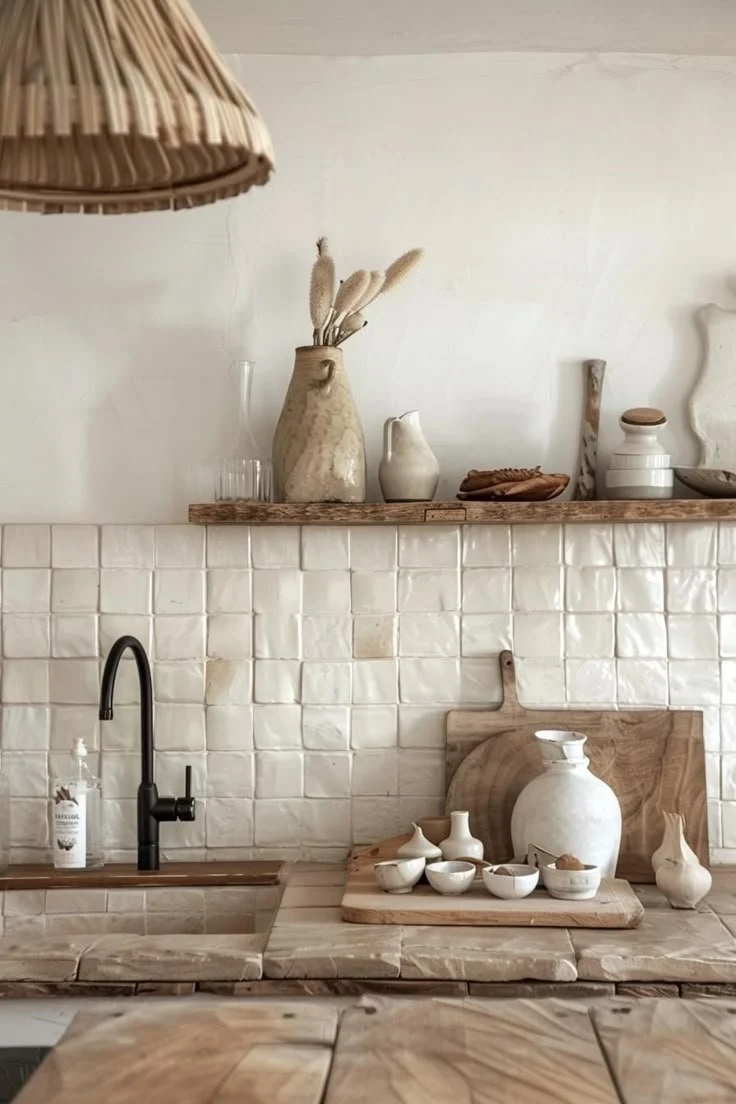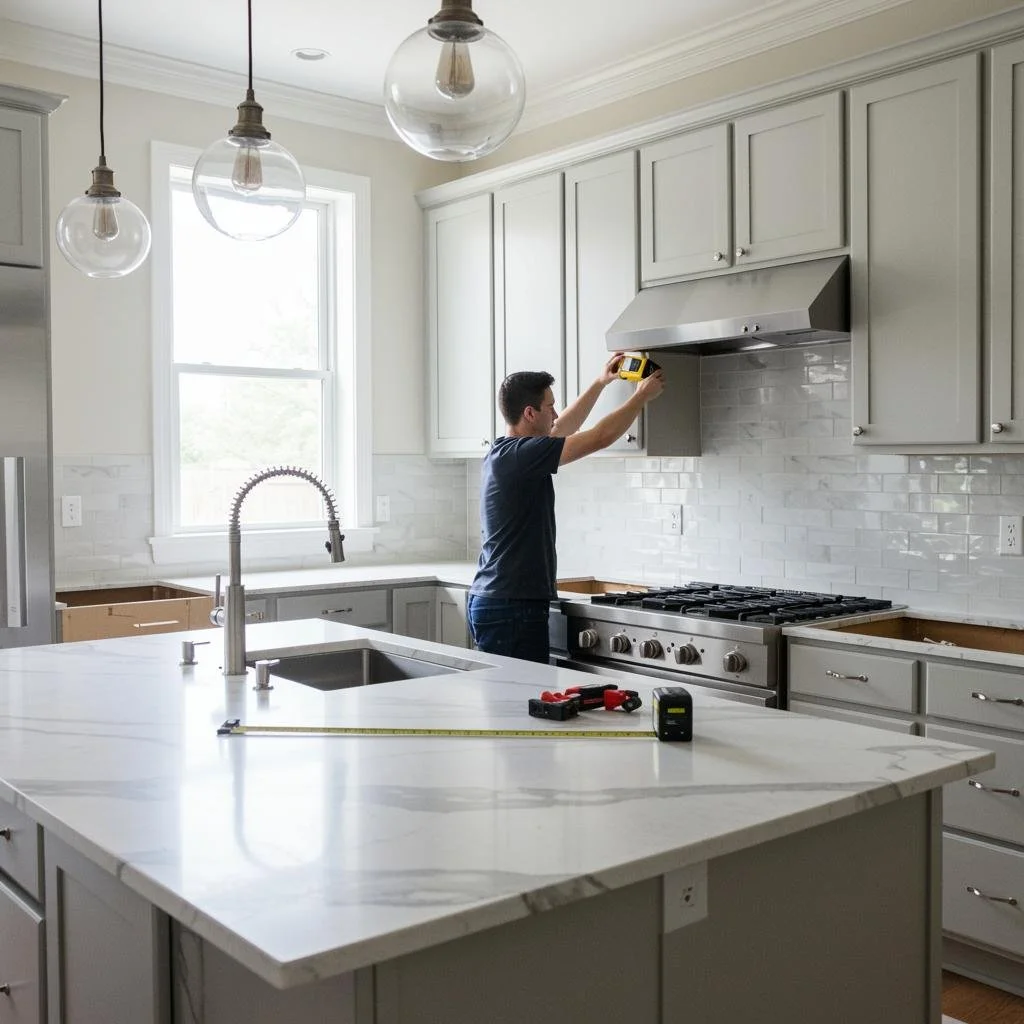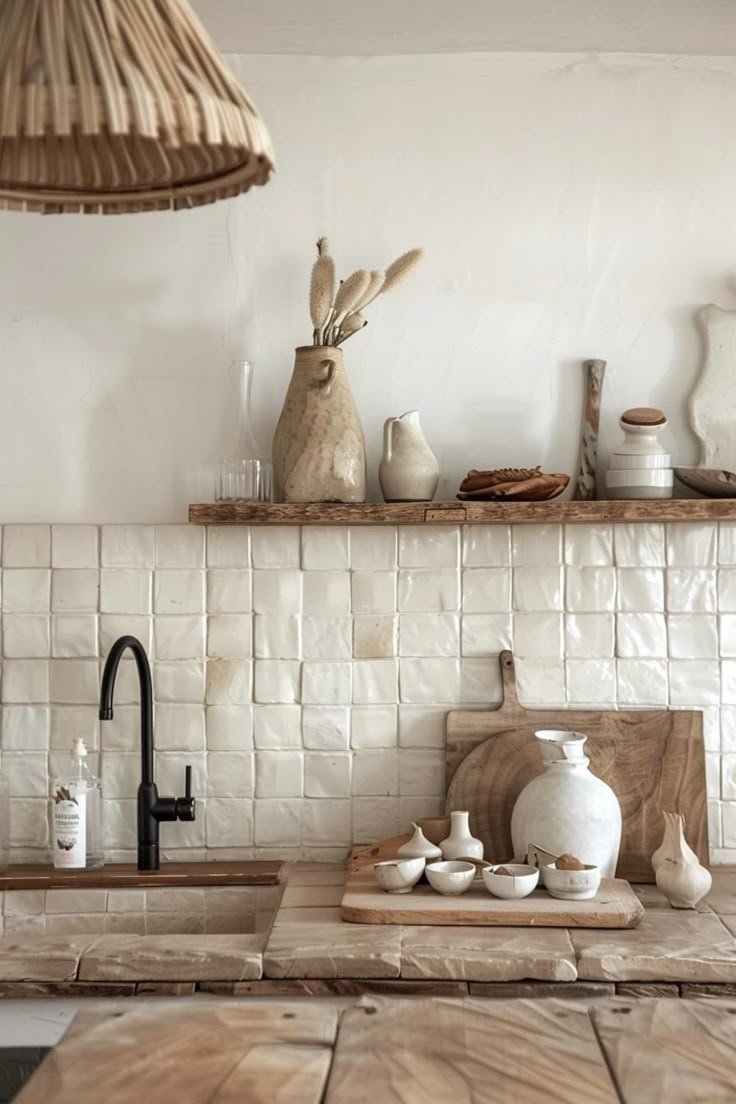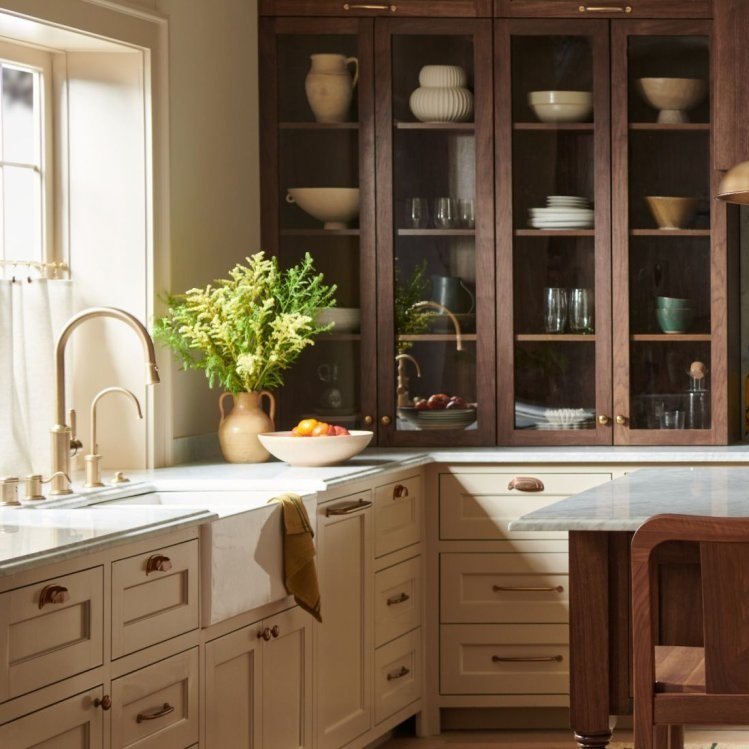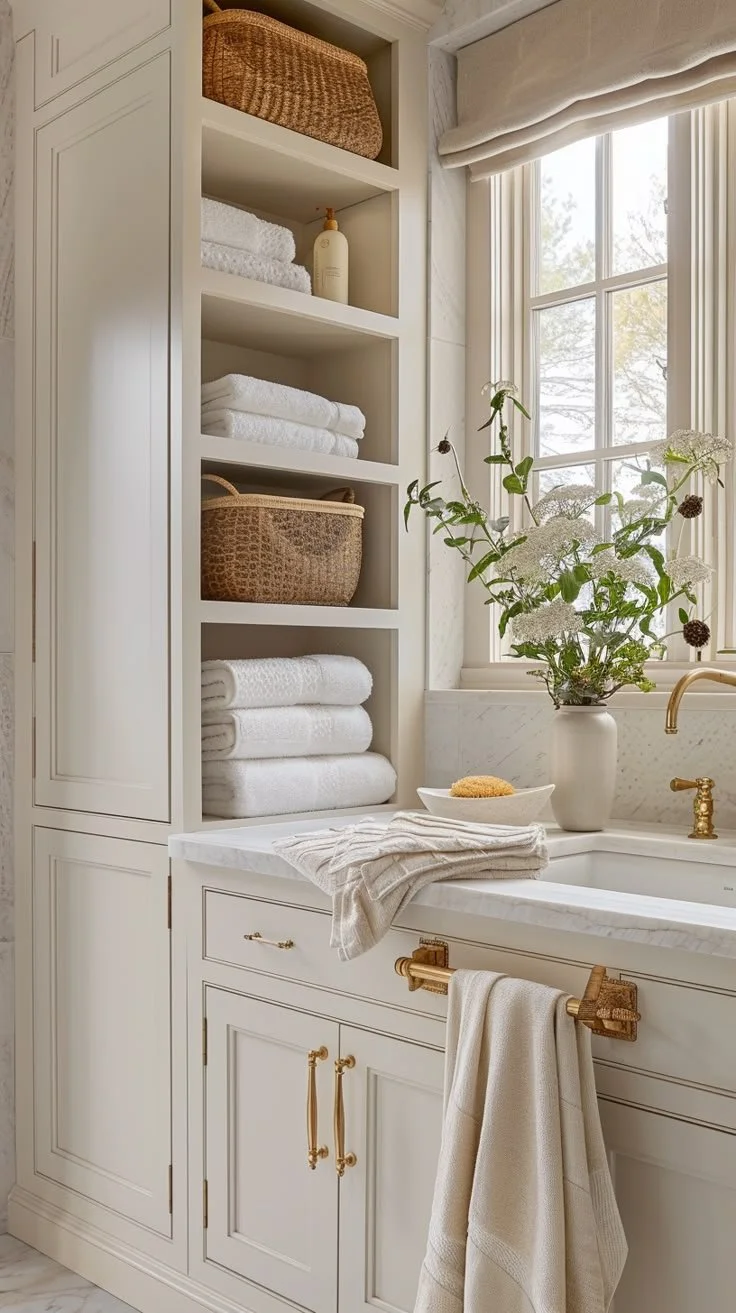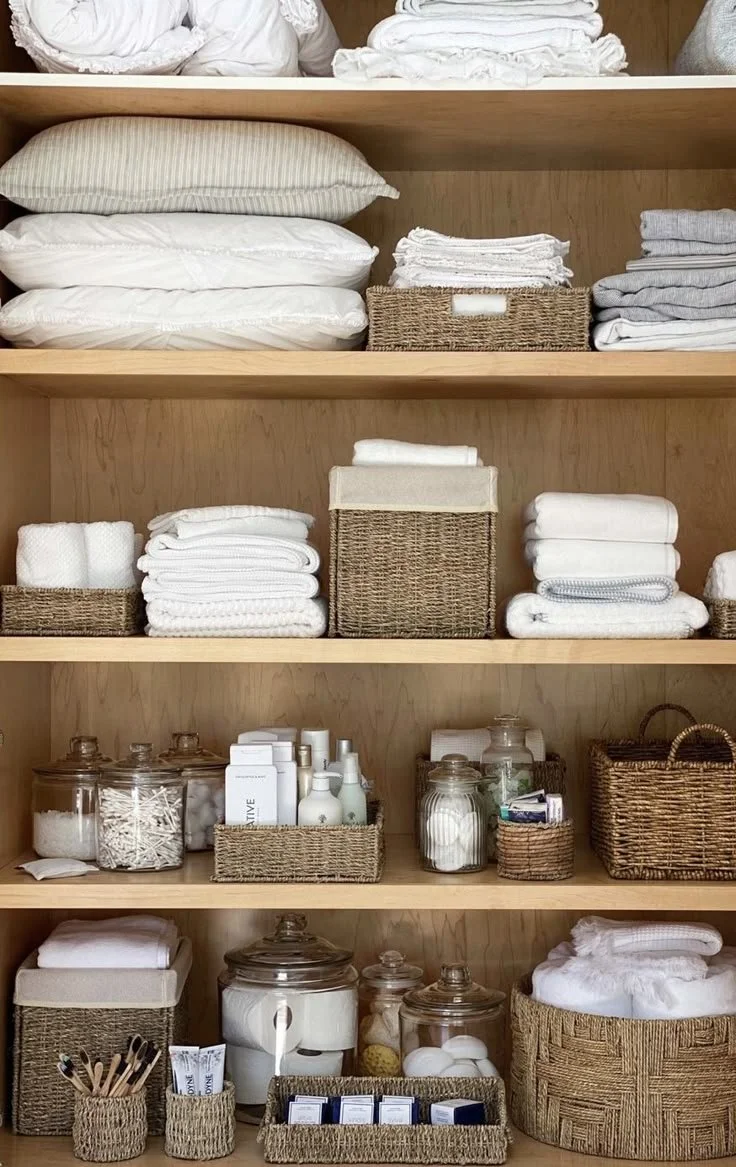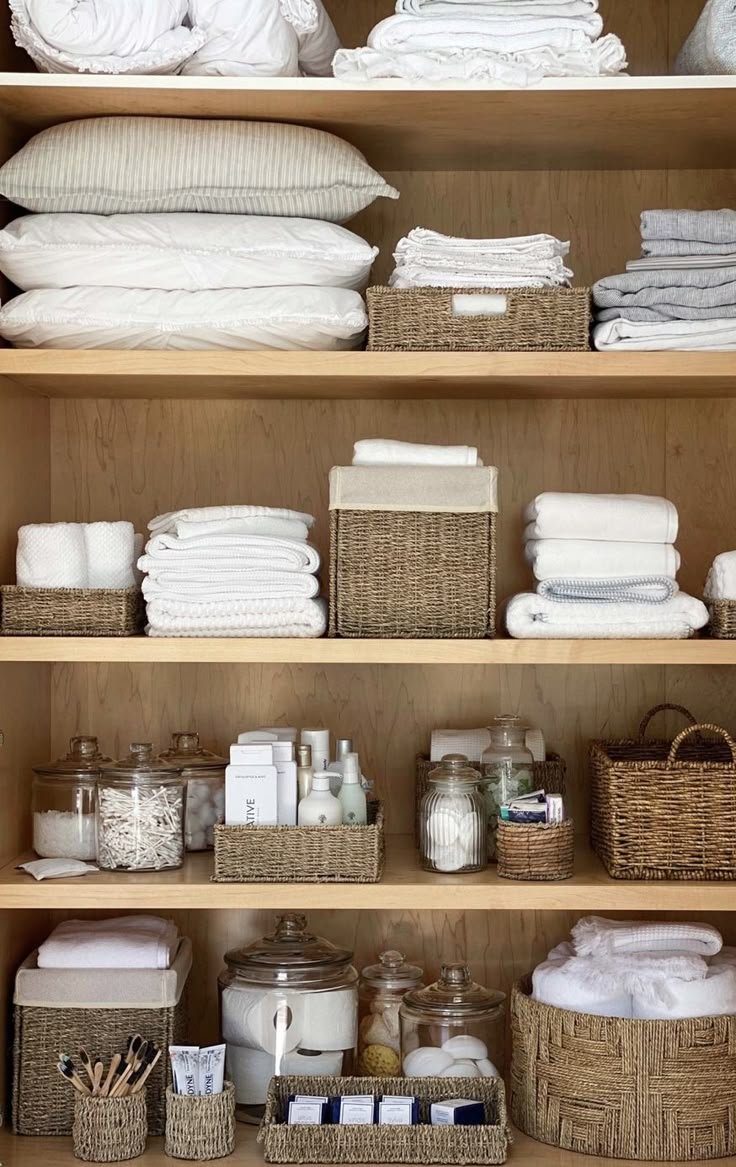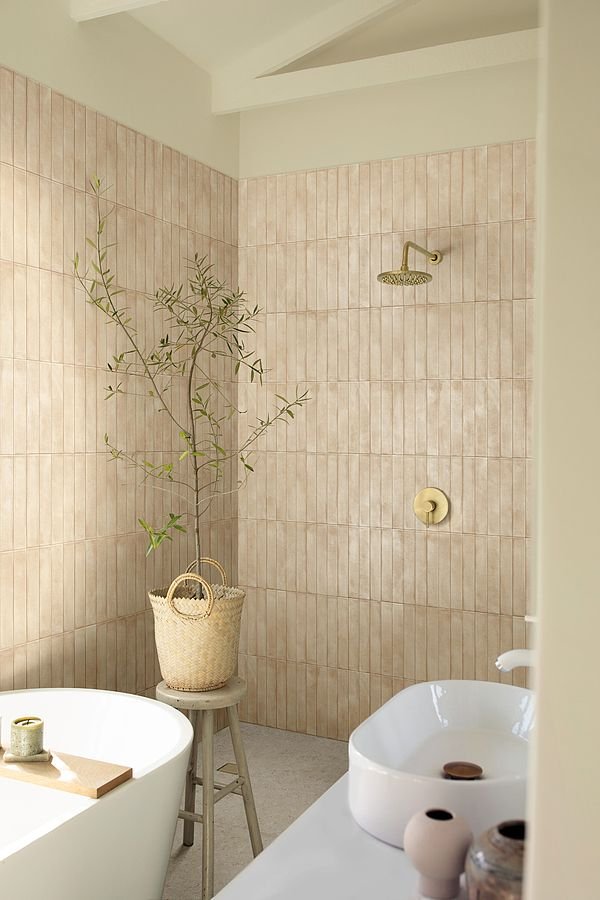In our journey toward conscious living, we often overlook how the maintenance of our everyday appliances impacts our well-being and environmental footprint. When your refrigerator starts making unusual noises or fails to maintain proper temperature, seeking fridge repair from experienced technicians doesn't just solve an immediate problem—it represents a mindful choice that aligns with intentional living.
Quality refrigerator repair service restores more than just functionality; it creates space for peace of mind and supports sustainable practices that resonate with conscious homeownership. In this article, we share how expert refrigerator repair can enhance overall harmony within the home environment.
No. 1
Creating Serenity Through Expert Care
The kitchen is the heart of the home, a place of nourishment, connection, and care. When a refrigerator malfunctions, it disrupts not only food preservation but also the household’s natural rhythm. The stress of a failing appliance can create an underlying tension that interferes with the calm sanctuary we strive to maintain.
Entrusting your fridge repair to skilled technicians relieves the mental burden of troubleshooting. Just as we delegate specialized tasks to experts in other areas of life, calling in a repair professional acknowledges both our limitations and the value of our time.
No. 2
The Sustainable Choice: Repair Over Replacement
In a consumer-driven world, choosing to repair rather than replace is a conscious act of environmental stewardship. A well-maintained refrigerator can last 15-20 years, while premature replacements contribute to electronic waste.
Mindful Benefits of Refrigerator Repair
Reduces landfill waste from discarded appliances
Minimizes environmental impact by avoiding unnecessary manufacturing
Optimizes energy efficiency for lower power consumption
Extends the lifespan of valuable household resources
This approach reflects the Japanese concept of "mottainai", which expresses regret for waste and a commitment to using resources fully. By choosing repair over replacement, we honor both the materials used to create our appliances and our responsibility to the planet.
No. 3
Cultivating Mindfulness Through Maintenance Rituals
Just as we schedule self-care routines to maintain health, regular appliance check-ups prevent breakdowns before they occur. Creating a seasonal maintenance schedule ensures that your refrigerator remains efficient and reliable.
A Mindful Refrigerator Maintenance Routine
Spring: Schedule a coil cleaning and seal inspection
Summer: Check temperature settings during peak heat
Fall: Clear drain lines and inspect defrost systems
Winter: Evaluate energy efficiency during high-utility months
By shifting from reactive repairs to proactive care, we mirror the preventative approach we take with our own health and well-being.
Caraway
Cook with confidence and care! Caraway's non-toxic kitchenware combines sleek design with health-conscious materials for a safer, smarter kitchen experience.
No. 4
Unexpected Mindfulness Lessons from Appliance Care
Working with repair technicians can offer surprising lessons in patience and adaptability. The waiting period for parts or diagnosis can feel frustrating, but it also presents an opportunity to practice non-attachment and flexibility.
When your refrigerator requires a complex repair, you may initially feel irritated by the delay. However, reframing the situation as a lesson in mindfulness nurtures a different perspective. This may cause you to reorganize your food storage, borrow cooler space from a neighbor, and embrace the temporary disruption as a chance to practice resilience.
A technician, noticing your curiosity, can explain each step of the repair process. What could have been a stressful experience then becomes an educational opportunity, reinforcing the idea that mindful curiosity can transform even mundane tasks into moments of growth.
No. 5
Building Community Through Shared Resources
Developing a relationship with local repair specialists strengthens community ties—an often overlooked aspect of conscious living. Supporting local tradespeople helps sustain small businesses and fosters interdependence within neighborhoods.
In many communities, homeowners maintain a shared document of reliable service providers, including their go-to appliance repair technicians. This resource helps countless households avoid unnecessary replacements while ensuring skilled professionals receive continued support.
No. 6
The Intersection of Technology and Mindfulness
Modern refrigerator repair involves advanced diagnostic tools, which might seem at odds with mindful living. However, when used correctly, technology enhances sustainability by pinpointing issues with precision—reducing wasteful part replacements.
During a repair, the technician will use a specialized tool to identify an electrical issue within your fridge’s control board. Instead of replacing the entire system, he will repair only the affected component. This targeted approach saved resources, money, and unnecessary waste, demonstrating how technology can support mindful consumption.
No. 7
Financial Peace Through Preventative Care
Mindfulness extends to our financial well-being, and refrigerator maintenance is a smart financial decision. Regular check-ups prevent costly emergencies, allowing for predictable budgeting instead of unexpected expenses.
Just as we set aside funds for self-care, budgeting for appliance maintenance acknowledges the importance of caring for the tools that support daily life. This proactive mindset aligns with mindful money management, ensuring stability and peace of mind.
No. 8
Honoring the Full Lifecycle of Our Possessions
A mindful approach to homeownership includes recognizing the full lifecycle of our appliances—from manufacturing to disposal. Professional refrigerator repair extends this lifecycle, allowing us to honor the resources, labor, and energy invested in these essential tools.
When repair is no longer viable, responsible disposal becomes the next mindful step. Knowledgeable technicians can advise on eco-friendly recycling options, ensuring that harmful refrigerants are handled properly and recyclable materials are repurposed.
This full-cycle awareness transforms even the end of an appliance’s usefulness into an opportunity for conscious decision-making rather than wasteful consumption.
No. 9
Embracing Imperfection in Home Management
Finally, mindfulness teaches us to accept imperfection, and this applies to home maintenance as well. Appliances will inevitably require care, and rather than seeing repairs as failures, we can view them as part of the journey.
By releasing unrealistic expectations of perpetual household harmony, we reduce unnecessary stress and approach home management with greater ease. This perspective shift transforms our relationship with our living spaces, turning them from sources of frustration into places of acceptance and grace.
Takeaways
Choosing expert fridge repair is more than just a practical decision—it’s a mindful act that supports sustainability, financial stability, and home harmony. By embracing preventative care, community connections, and conscious consumption, we create a home environment that reflects our values.
The next time your refrigerator hums quietly in the background, take a moment to appreciate its role in your daily life. In its steady, reliable function, we find a reminder that mindfulness extends to every aspect of our environment, fostering balance between technology and intentional living.
Looking For Home Resources?
Looking to enhance your living space and create a sanctuary that supports your well-being? Explore our home partners who offer a wide range of resources to elevate your home environment.








